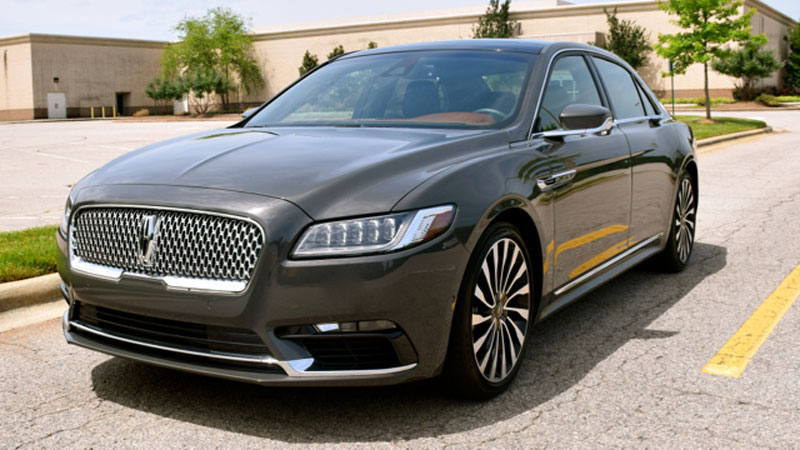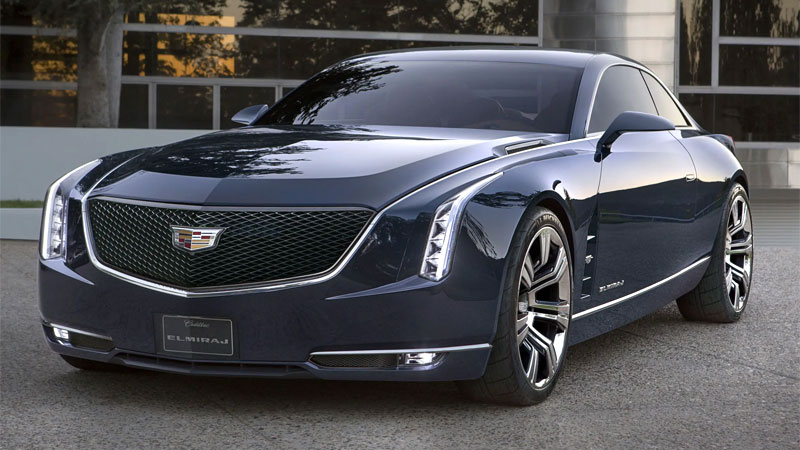Return of an Icon: The 2017 Lincoln Continental Black Label
A new flagship sedan for Lincoln… the 2017 Lincoln Continental Black Label AWD. One of the most storied model names in autodom is back, as in Continental by Lincoln. The all-new model and flagship sedan provides a much-needed boost for a marque that once claimed top-selling status amongst luxury brands. … Read more


